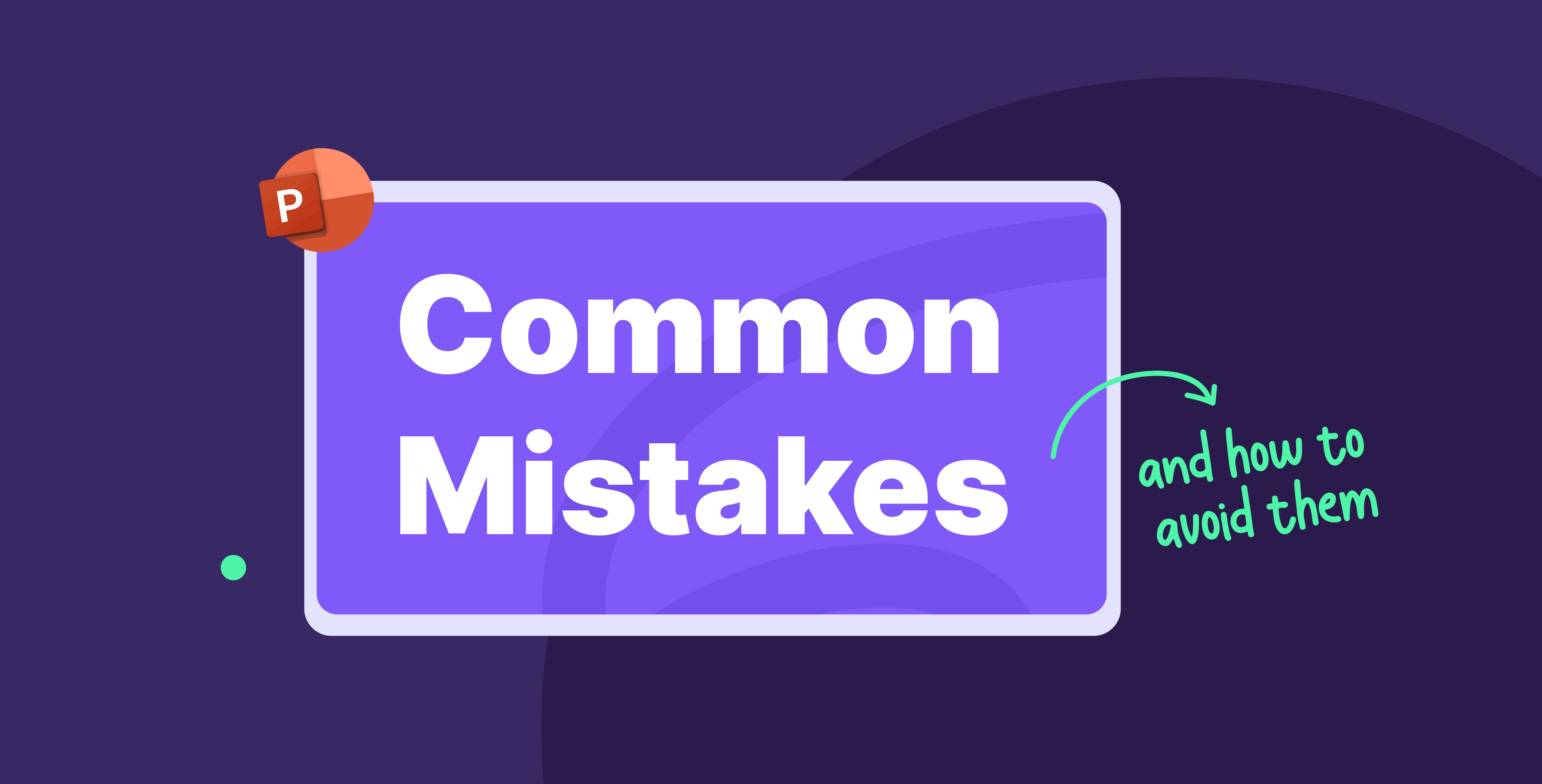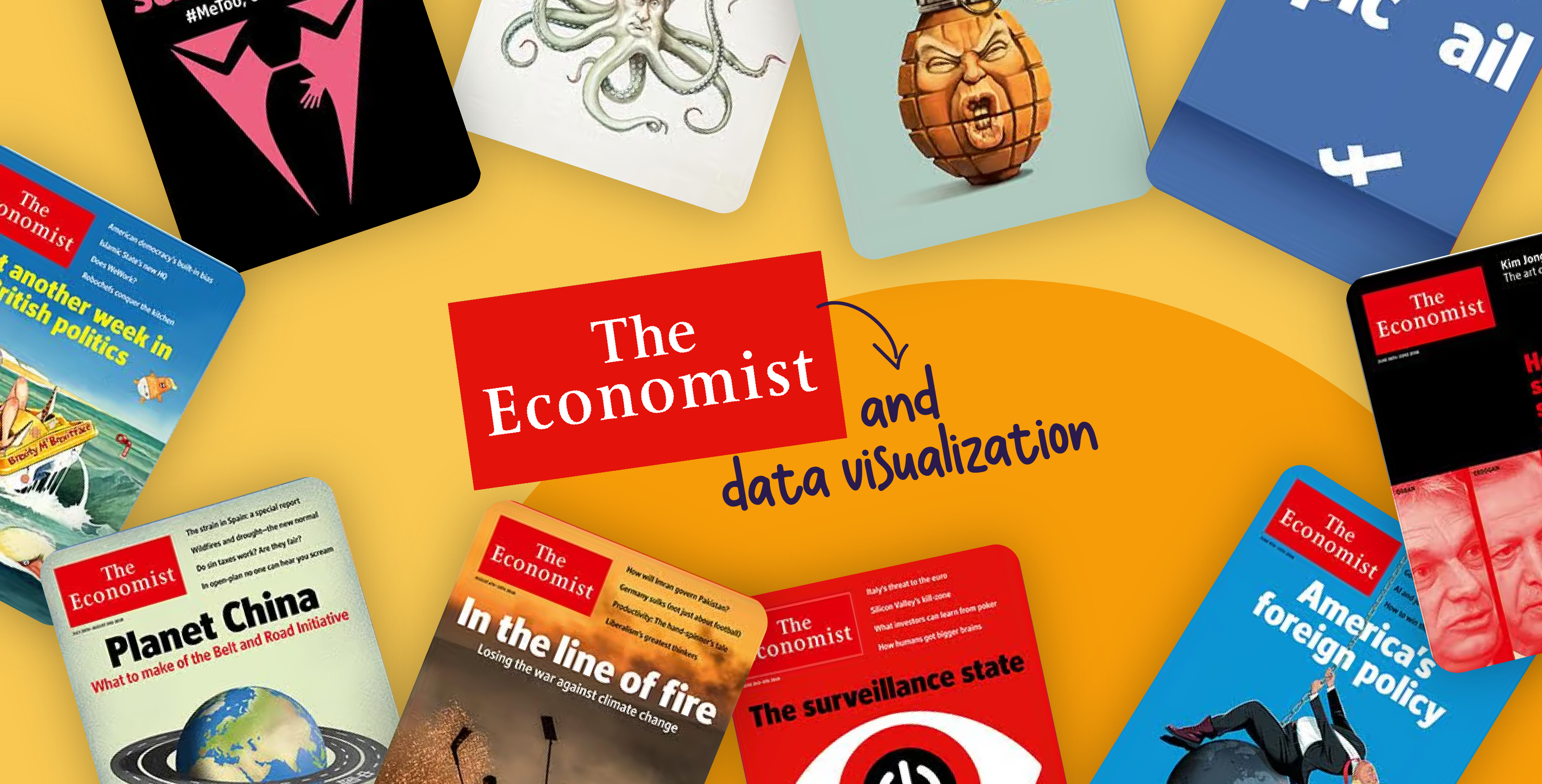18 November 2024
Steve Jobs was one of the most innovative leaders of our time. Among other things, there is a lot that can be learned from him when it comes to presentation design and what aspects of his presentations made them so memorable and entertaining. Some would argue that he was the one person who completely changed our minds about what makes a presentation great—in a world of long, boring, and unimaginative slides, he used presentation techniques that followed a completely different approach.
In this piece, we thought it would be a good idea to go over the five principles that Steve Jobs followed when it came to presentation design and delivery. So let’s jump right into it.
How did Jobs give incredible presentations?
Steve Jobs was known for the friendly and open demeanor he had while presenting. He avoided technical vernacular and kept his ideas straightforward with quick, memorable titles. Jobs was a showman. He was enthusiastic and told stories, he had confident body language and told jokes, which made him appear more approachable. What can we learn from him as we practice and prepare our own presentations?
01 Use a compelling theme & title
Come up with a headline and general theme for your presentation that run through the entire deck as an underlying message. This headline should be short enough to be easily memorable and tweetable. Think back to Steve Jobs’ iPhone launch in 2007, when his headline was “Your life in Your Pocket.” This quick slogan summed up his whole message and was memorable enough for the audience to carry with them even after the presentation. Think about the theme of your presentation. What do you want the audience to walk away remembering? Now simplify it into one, all-encompassing catchphrase.
02 Engage the audience by telling a story
Tell a story that hits people at an emotional level. It’s a well-known fact that stories are one of the most powerful tools that leaders use to inspire, motivate, and educate. This is because stories are far easier to remember than facts and figures. And research, according to psychologist Jerome Bruner, points to the fact that facts are 20 times more likely to be remembered if they are embedded in or contextualized with a story.
Like Steve Jobs, you could frame your narrative around defeating an antagonist—the problem at hand. Introduce yourself or your company as the hero. Paint a picture of how your product or service defeated this problem and emerged victorious.
03 Simplify bigger numbers
Simplify large numbers. This ensures that people can grasp the facts better. For instance, Steve Jobs would say, “We sold 2 million iPods in the first 59 days.” And then he would give context by adding, “That’s nearly 34 thousand iPods sold every single day.” In February 2013, Apple reached 25 billion songs downloaded from iTunes, and he simplified the number so it was easier to understand. For instance, he’d say, “On average, that’s 15,000 songs every minute.” His whole approach was about simplifying big ideas. Don’t leave the audience confused, connect the dots and explain the relevance these numbers have to them.
04 Use compelling visuals
Studies find that using images boosts information retention. Since most people are visual learners, they can pick up on the information shared in a presentation when shared as an image.
Jobs used big, bold, and clear pictures and rarely used more than two images on a presentation slide. In the 2007 launch of the iPhone, he used three images to highlight that the iPhone could do all three things—be a phone, a music player, and give you internet access. Then he quickly moved on to his normal procedure of using one striking image.
05 When it comes to words, less is more
Use fewer words. If you want a presentation like Steve’s, you will have to edit and re-edit your words. Leave only the most important phrases and cut out everything else. The idea is to communicate your message in the most impactful and memorable way possible, rather than having your audience read slides full of text. So he would use words like “magic” instead of the full, grammatically correct sentence “it works like magic,” and similarly, he would use “no stylus” instead of “it has no stylus.” You get the idea!
Jeff Black, the founder of the leadership development company Black Sheep, says that Steve’s presentations boiled down to three key factors: powerful storytelling, emotional connection, and obsessive preparation. Black says the late Steve Jobs was a masterful storyteller. “He was the messenger, he was the star of the show — not the PowerPoint slide.”
And one more thing… the average PowerPoint slide has on average forty words. Steve Jobs would use an average of nineteen words across 10–12 slides. That’s the presentation zen.
If you are interested in learning more about designing a presentation like Steve Jobs, we recommend the book “The Presentation Secrets of Steve Jobs: How to Be Insanely Great in Front of Any Audience.” Or you can just reach out to professional presentation design services in Dubai and across the GCC—we specialize in not only delivering your message but also helping you tell your story and push your brand forward.











